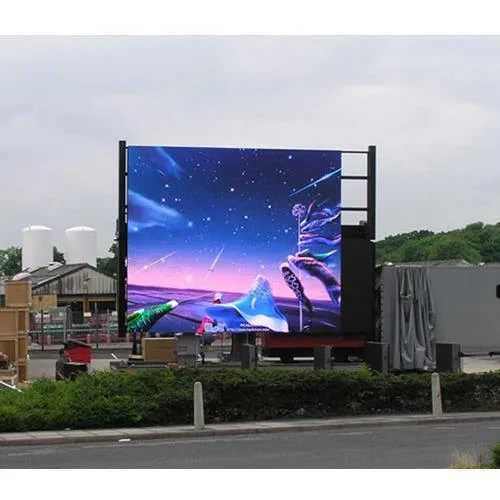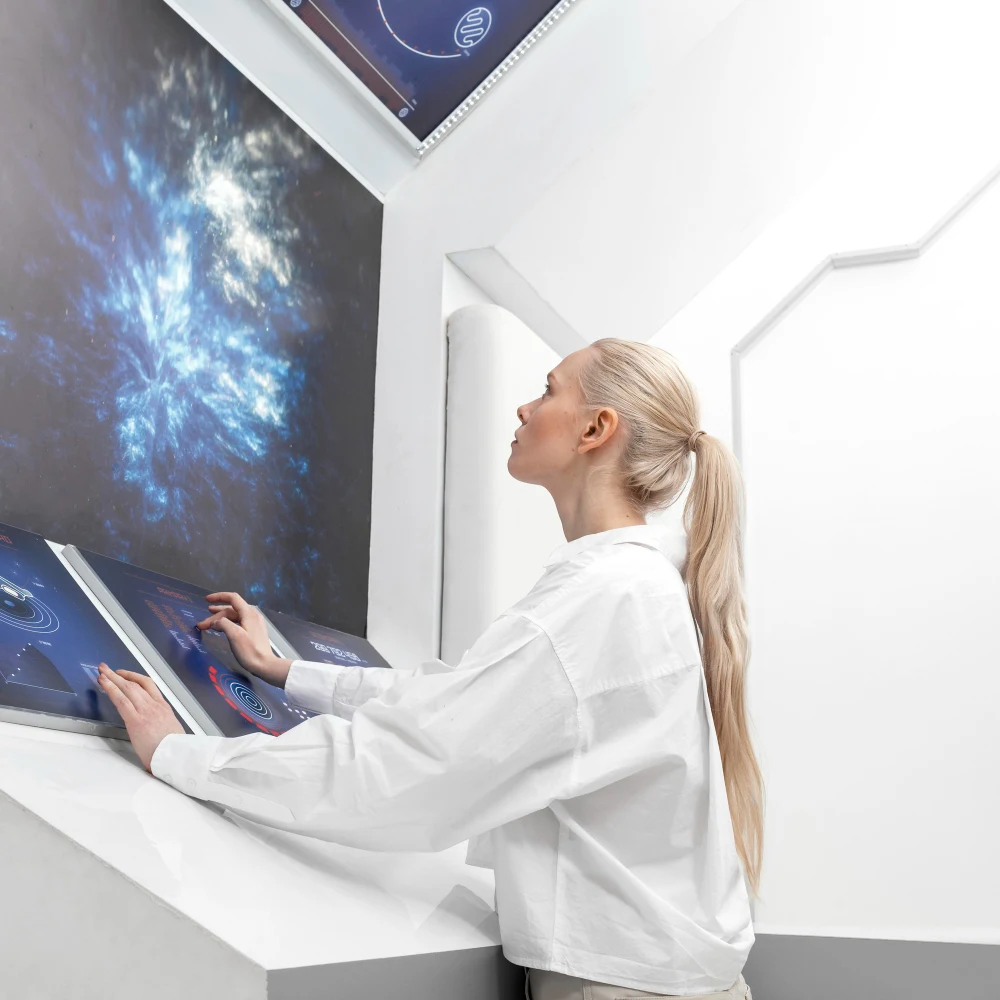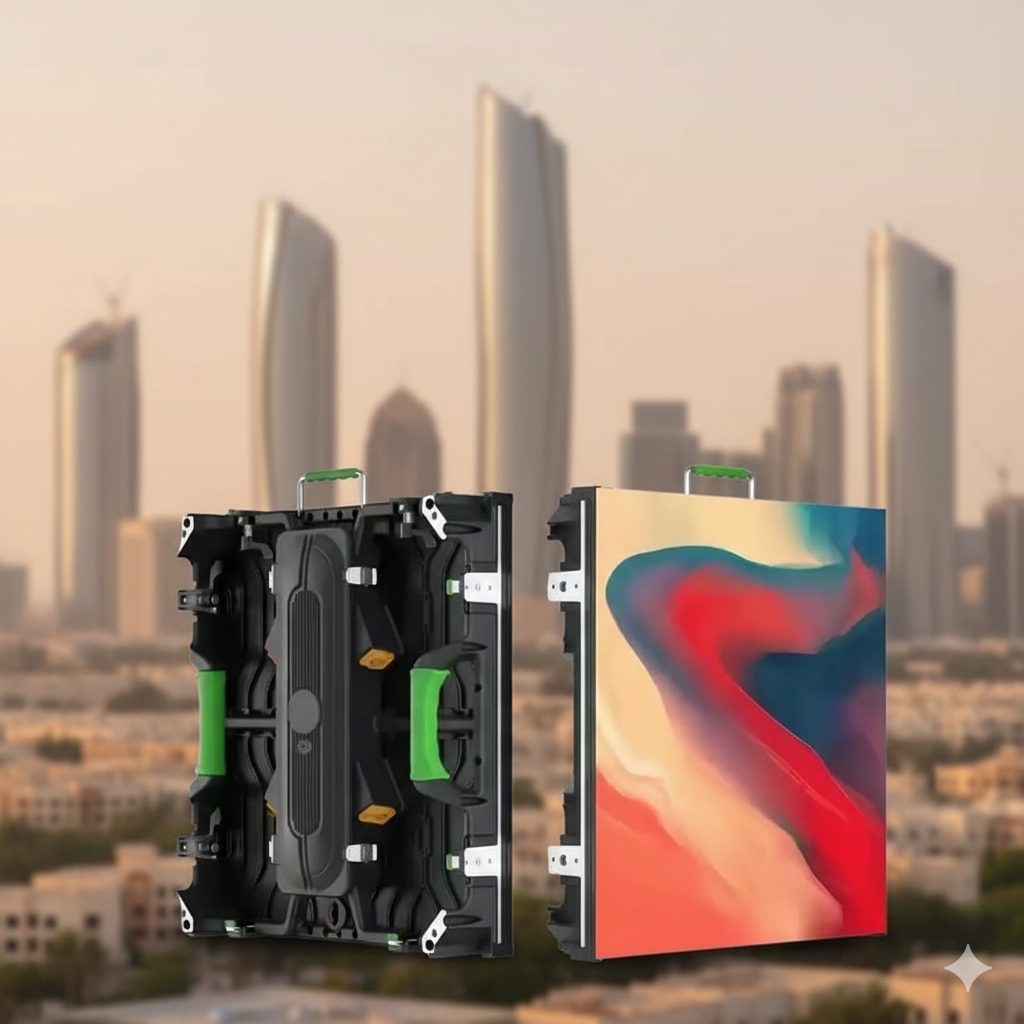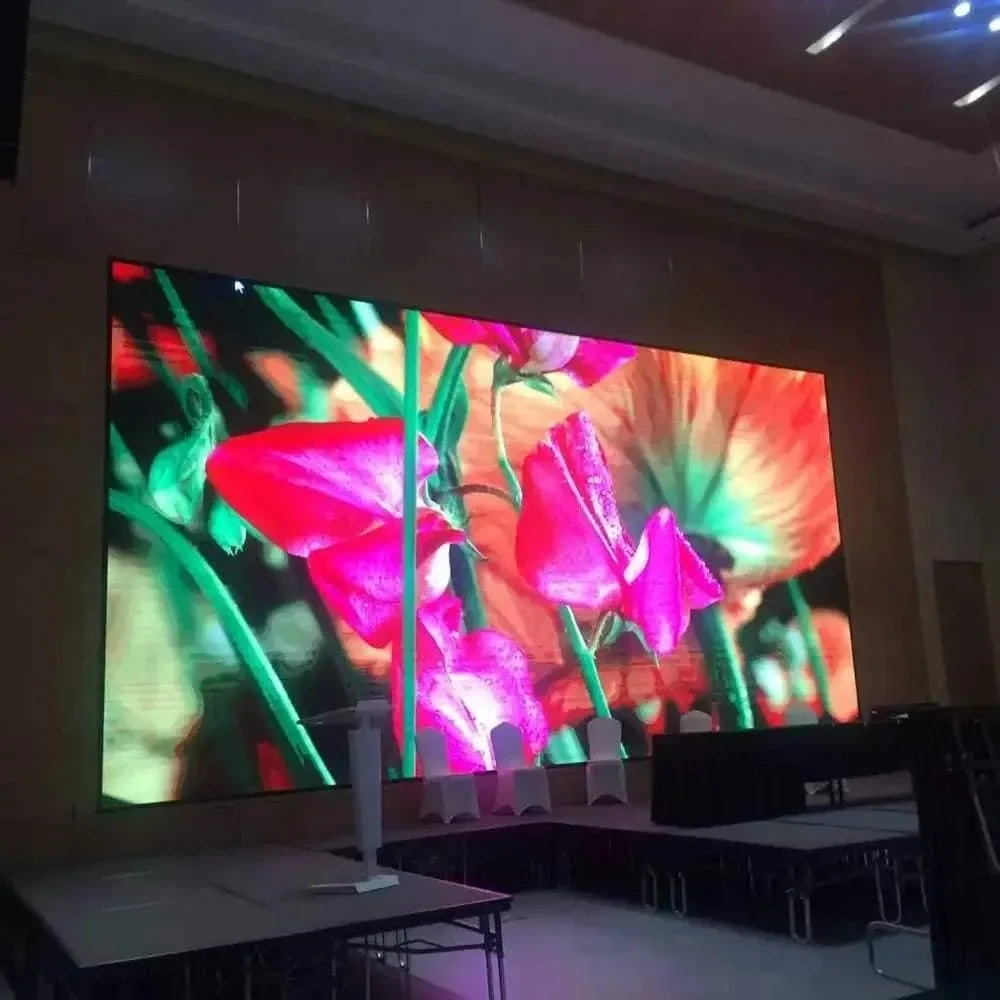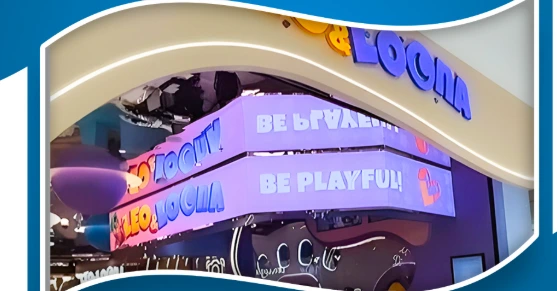In today’s fast-paced world, digital signage and outdoor advertising Screen have become an essential part of modern-day marketing strategies. Adorn LED Screen, a leading company, offers outdoor advertising screens Adorn LED Screen’s outdoor advertising screens offer businesses a powerful and versatile marketing tool that can help them achieve their marketing goals. With high-resolution displays, weatherproof design, customizable content, and remote management capabilities, these screens can provide businesses with increased visibility, cost-effectiveness, enhanced engagement, and improved analytics.
AdornLED Screen’s outdoor advertising screens offer businesses a powerful marketing tool with high-resolution displays that provide clear and vibrant visuals even in bright daylight conditions. These LED screens use the latest LED technology to ensure maximum visibility and impact, making them an ideal option for promoting products, services, events, and other marketing initiatives. Additionally, Adorn LED Screen’s outdoor advertising screens are designed with a weatherproof enclosure, allowing them to withstand harsh weather conditions such as rain, snow, and extreme temperatures. This ensures their longevity and makes them a reliable option for outdoor advertising Screen.
With Adorn LED Screen’s outdoor advertising screens, businesses have the flexibility to create customized content and messaging tailored to specific audiences or events. These LED screens support a variety of content formats, including text, images, videos, and animations, providing businesses with endless opportunities to engage their target audience. Furthermore, the remote management capabilities of Adorn LED Screen’s outdoor advertising screens offer businesses a convenient way to manage and update their content from a user-friendly web-based platform.
Adorn LED Screen’s outdoor advertising screens businesses a reliable, customizable, and impactful marketing tool for promoting their brand, products, or services.
Adorn LED Screen’s outdoor advertising screens give a variety of benefits. Firstly, these LED screens provide increased visibility and impact, making them an ideal option for promoting products, services, events, and other marketing initiatives in crowded marketplaces. Secondly, Adorn LED Screen’s outdoor advertising screens offer businesses a cost-effective way to reach a large audience without incurring the high costs associated with traditional advertising channels, such as TV or radio ads.
Thirdly, these screens can enhance engagement with target audiences by providing dynamic and interactive content, which can help to increase brand awareness, promote customer loyalty, and drive sales. Additionally, Adorn LED Screen’s outdoor advertising screens provide businesses with detailed analytics and metrics that can help them track the effectiveness of their marketing campaigns
Adorn LED Screen‘s outdoor advertising screens provide businesses with increased visibility, cost-effectiveness, enhanced engagement, and improved analytics, making them an ideal marketing tool for achieving business goals.

